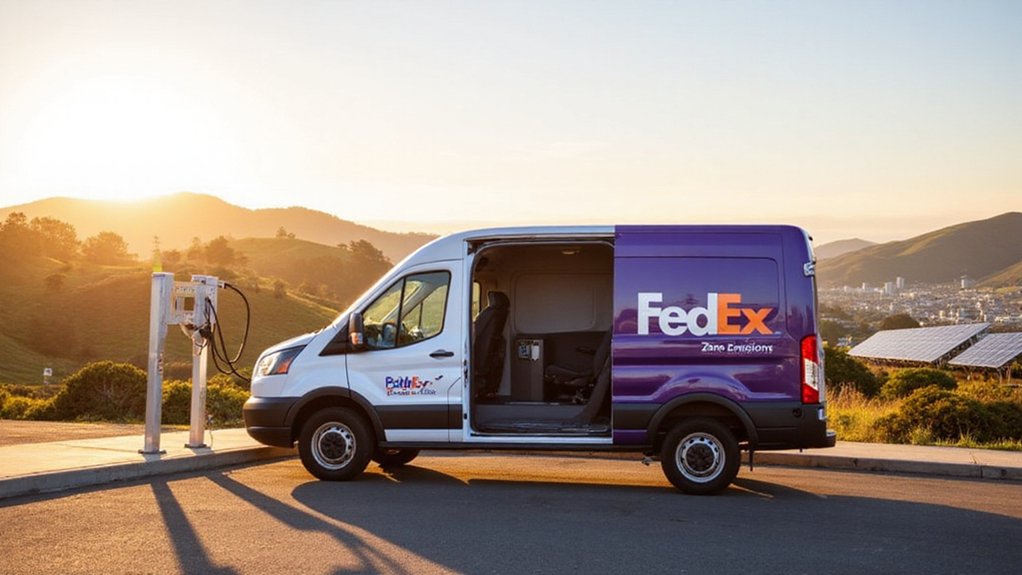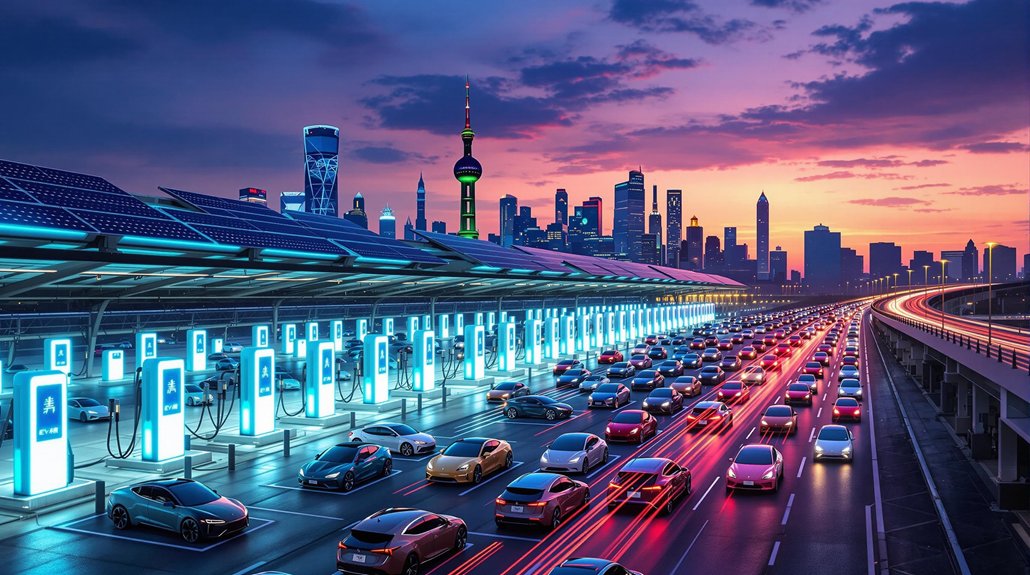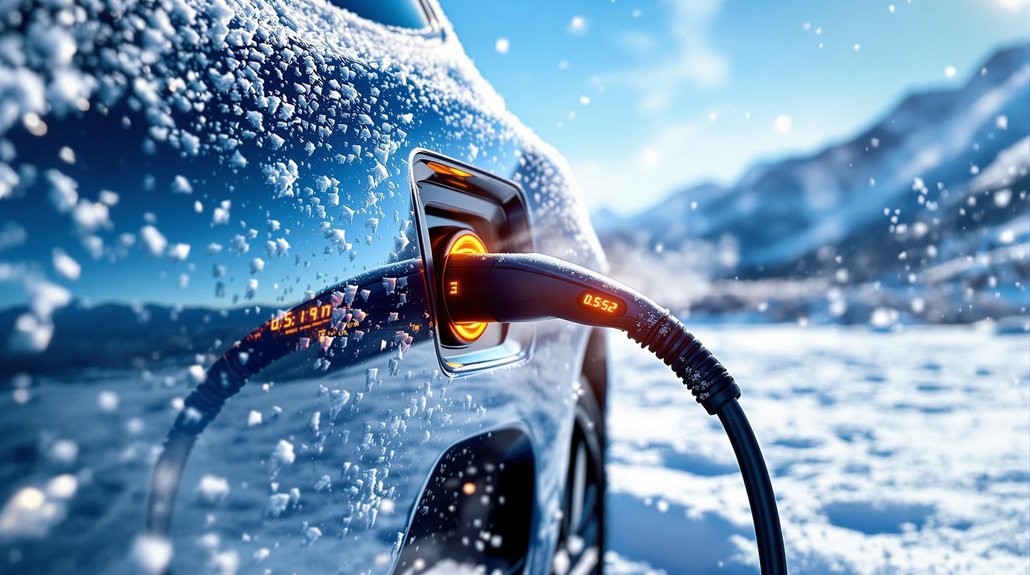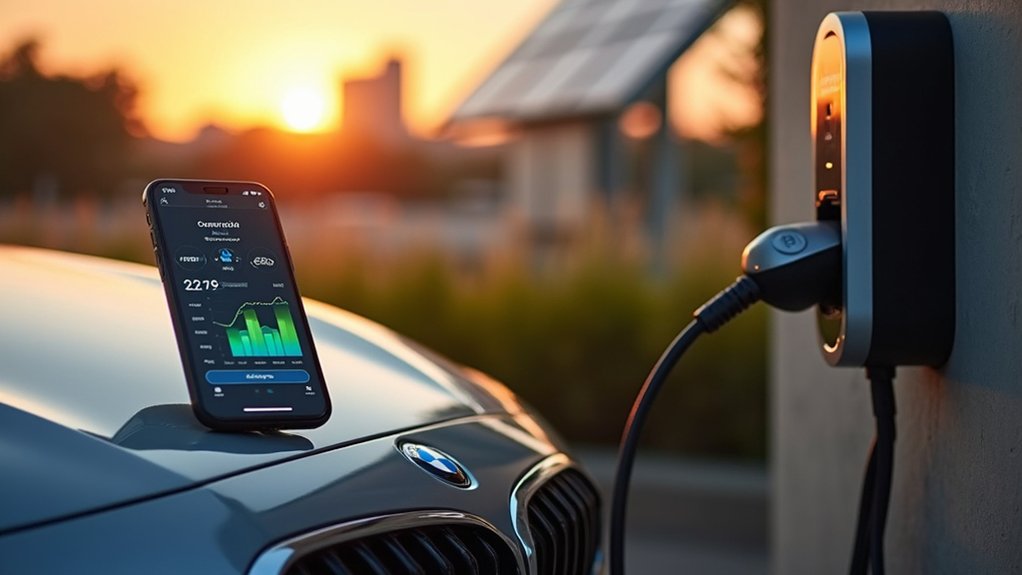Northern California’s air is getting cleaner thanks to FedEx’s new electric delivery vans. The company’s NorCal Logistics division has deployed 150 BrightDrop Zevo 600 vehicles that can travel 250 miles on a single charge. This zero-emission fleet marks a significant step toward FedEx’s goal of carbon-neutral operations by 2040. The electric transformation isn’t just changing how packages move through communities—it’s reshaping what residents breathe when they step outside.
Every package delivery in Northern California is now getting a bit greener as FedEx alters to a fully electric fleet in the region. NorCal Logistics has begun operating a 100% electric truck fleet for FedEx deliveries throughout Northern California. This major change comes with financing from NuGen, helping bridge the gap between government incentives and the cost of new electric vehicles. As a woman-owned FedEx contractor with 25 years in the business, NorCal Logistics exemplifies successful EV transition in the logistics industry.
FedEx’s journey with electric vehicles isn’t new. The company introduced its first electric vehicle in California back in 1994. Now, the company is deploying GM’s BrightDrop Zevo 600 vans across California, starting with 150 vehicles in the southern part of the state.
FedEx builds on its three-decade electric vehicle history, now rolling out GM’s BrightDrop vans throughout California.
These new electric delivery vans offer impressive features for commercial use. Each van provides over 600 cubic feet of cargo space and can travel up to 250 miles on a single charge. The Zevo 600 vans use GM’s Ultium battery platform, designed specifically for commercial delivery needs.
California’s Advanced Clean Fleets regulation is pushing companies like FedEx toward zero-emission vehicles. The rule targets light-duty parcel delivery vehicles and requires a full shift to zero-emission operations by 2035. This shift mirrors the broader national trend where renewable energy sources have surpassed coal in electricity generation since 2022. FedEx’s move aligns with both these regulations and their own goal to achieve carbon-neutral operations by 2040.
To support this electric fleet, charging infrastructure is growing across California. FedEx has already invested in over 500 charging stations throughout the state to ensure reliable operation of their expanding electric vehicle fleet. Smart charging systems help manage energy use and keep operating costs down. Charging stations are placed strategically to guarantee vehicles can complete their routes without disruption.
The benefits extend beyond meeting regulations. These electric trucks produce zero tailpipe emissions, reducing air pollution in densely populated delivery zones. They’re also specially designed for urban and suburban routes, improving delivery efficiency.
As FedEx collects data from these initial deployments, they’ll use the information to improve future electric vehicle rollouts. This Northern California initiative represents a significant step in transforming package delivery into a cleaner, more sustainable operation for communities throughout the region.
References
- https://environmentenergyleader.com/stories/nugen-funds-ev-fleet-rollout-for-fedex-contractor-in-california
- https://www.youtube.com/watch?v=JadalfJeQ3I
- https://www.fedex.com/en-us/sustainability/electric-vehicles.html
- https://greenautomarket.com/fedex-bringing-in-electric-vans-with-gms-brightdrop-zero-hybrids-coming-back/
- https://www.govtech.com/fs/california-considers-a-move-forward-with-zero-emission-fleet-rules









